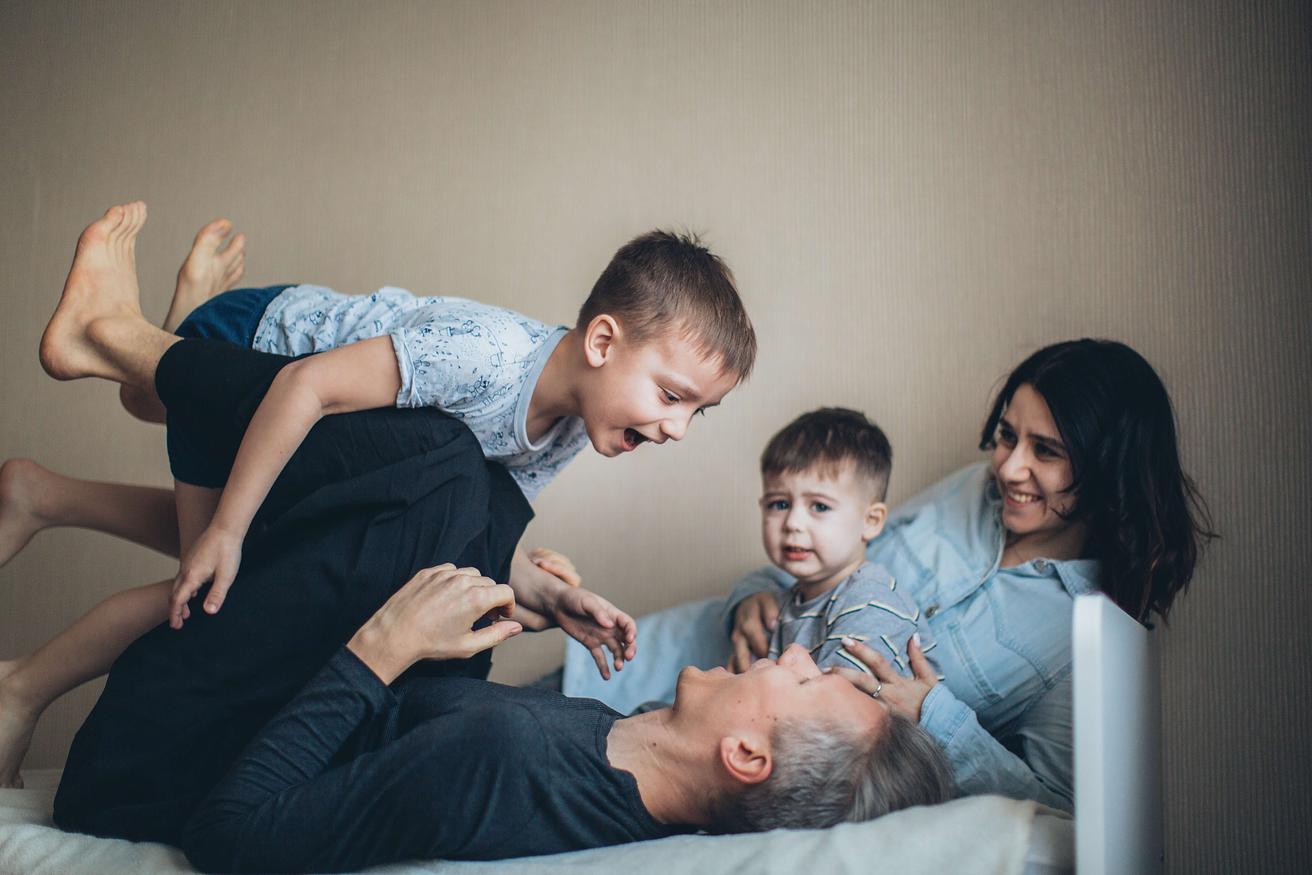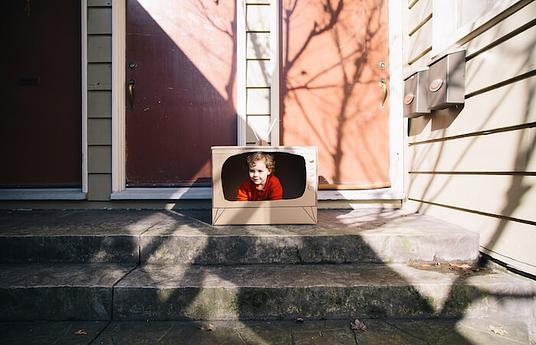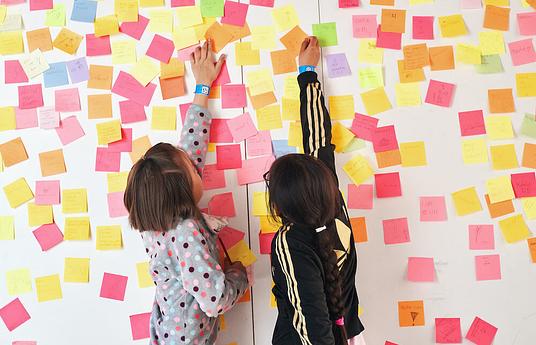There is a misconception that we need to ‘teach’ children, especially the need to develop their literacy and numeracy skills. We worry they are going to fall behind and of course we all want the best for our children. But there is an overwhelming amount of evidence that young children learn and develop best through play. We need to focus on children developing their confidence, self-esteem, communication, and core dispositions - building upon their natural curiosity and desire to explore and make sense of the world around them. Dispositions are attitudes and behaviours such as persistence, resilience, collaboration, risk-taking. These provide the foundations for learning. Through play and our support, they will develop the skills to cultivate their creativity.
Children need to be nourished in order to flourish and reach their potential. There are many areas that nourish. A balanced healthy diet, physical exercise, rest and sleep, social and emotional interaction especially loving interactions with caring adults and crucially the freedom to play and develop their creativity.
So why is creativity important? There are two main reasons here.
- The thinking skills around creativity are widely accepted as now being key 21s century skills. In our rapidly changing world, the skills to be able to adapt and innovate are increasingly important.
- The process of being creative nourishes the human spirit. Being creative is so beneficial for our sense of well-being and mental health. This is true for everyone, children, and adults.
How can I encourage and nurture creativity? - well, one thing to say about creativity – is it’s actually pretty complex! There are so many contributing factors – but that complexity is also part of its beauty! Here I’ll just highlight a couple of key points.
- Let your child take the lead - let them be in charge of their play and explorations, give them the space to make their own decisions and choices. They need the freedom to take risks and make mistakes.
- It’s the process that is important. When we are thinking about encouraging creativity – we are really talking about encouraging the thinking skills that lead us in the direction of creativity.
- Try not to place emphasis on the final product but celebrate your child’s ideas and engage them with ‘open’ questions as they explore - questions that open up possibilities – ‘what are you noticing...?’ ‘I wonder if there any other ways to do this....’, etc. to help develop their thinking.
Below are 10 ideas to help nurture and cultivate creativity, to play around with, and to explore the limitless possibilities.
Shake Things Up!
A great way to provoke creativity is to shake up the environment by introducing something fresh and interesting - that draws in children’s curiosity. We can move furniture around or set up things to create new play spaces indoors or outdoors. Once set up try and leave the options and possibilities open and follow your child’s lead. Examples could be pulling out the sofa to create a tunnel space behind, dens made with sheets, or putting a tent up in the garden. Fresh environments spark new ideas as children express themselves through play.
Photography
Photography is a wonderful way to engage young children. It works really well if you have an old digital camera. Show them how to use it and then let them explore. It’s great if you can then make time to look at their images together on a TV or laptop, giving them opportunity to talk about their images and then this will stimulate further interest in taking more images. It provides a great insight into what interests them.
Paper
Paper is my all-time favorite material! It has endless possibilities. We can manipulate it in so many ways, crumple, fold, roll, tear, cut, slit, curl, hole punch, etc. We can join with tape, glue, staples, paperclips, rubber bands, string, split pins, clips, clothes pegs. So many types of paper: plain, coloured, newspaper, wallpaper, tracing paper, tissue paper etc. We can think about where paper comes from, think about recycling. We can mark-make on paper: draw, paint, charcoal, print etc. Children can make all sorts of things with paper, watches, fans, envelopes etc and use it in different ways, weaving, folding, stencils, paper mache, collage, sculpture, emboss, prick holes..... I particularly like combining a sheet of black paper with a sheet of white paper - as the contrast seems to draw in interest. Extension Activity: Cardboard (particularly good with a low melt glue gun)
Mark-Making
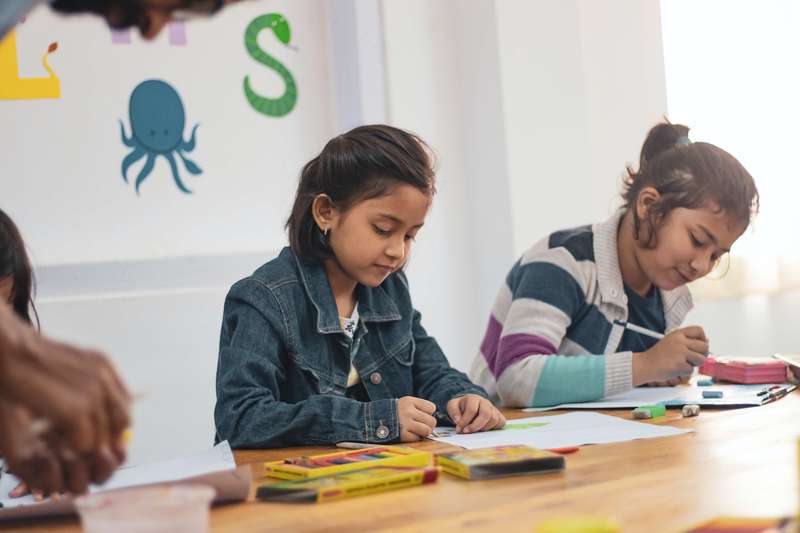
Paint, charcoal, pencil, crayon, felt-tips, chalk, water.... and made with brushes, sticks, rollers, hands, feet, etc...
Making marks with a variety of different media can be a great way for children to express themselves. Children will naturally investigate and experiment – exploring line, patterns, texture, and shape. Children enjoy the sensory and physical experience of mark-making. It gives children the opportunity to express themselves and explore new beyond pen and paper. Mark making can represent a child’s thoughts, ideas, and feelings. I would suggest keeping mark-making fun and open-ended rather than placing focus on trying to get children to make letters and words. Notice and discuss what they are creating.
Drawing Ideas Drawing Maps
Getting our ideas down on paper is a great way to be creative as children express their ideas. This can really incorporate anything. They could draw what they would like to do today, they could draw what they would like to make from playdough, they could draw a map of the house or garden, or how they used to get to school, they could draw their family, they could draw their ideas about questions they have such as how they think trees get turned into paper or why the rain falls from the sky, or how bees make honey... putting pen to paper makes children’s thinking visible – and provides a wonderful way for us to observe and engage with their thinking skills
Mud, Sand, and Water
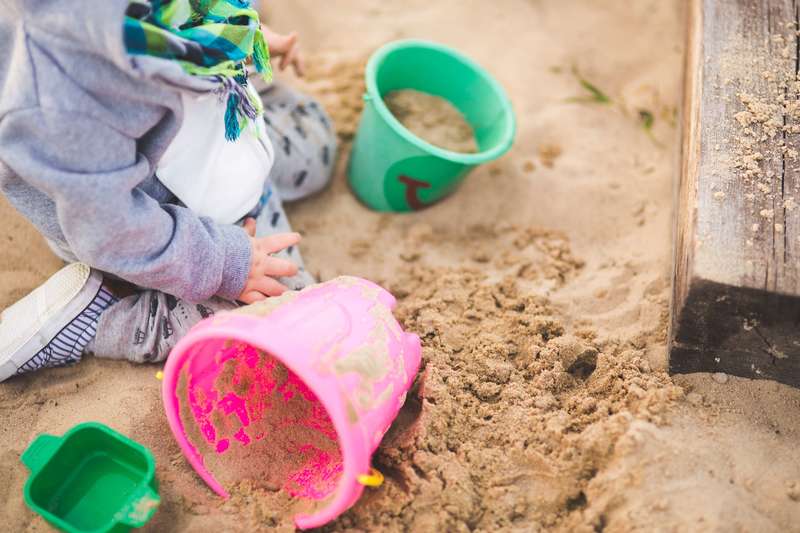
Mud is another great resource. Many settings have mud kitchens and it could be an option to create an area at home. Earth and water are two wonderful materials that capture children’s interest, especially when they interact. Mixing soil, water, and other materials such as leaves, grass, bits of bark etc. provide many options. A mud kitchen draws upon children’s love of the role-play around cooking and their natural desire to be outdoors and connect with nature. Mud kitchens do not need a lot of resources, a couple of bowls or pans, a spoon or ladle, you could make the area together. A whole range of new recipes and concoctions will emerge! Of course sand play and water play are also two timeless activities both being so open-ended and full of possibilities...
Loose Parts
Loose parts just refers to objects and materials that can be combined without being permanently joined. The great thing about loose part play is that the outcome is not predetermined - their explorations can become anything.
So many things can become resources for loose parts – a bag of buttons, bottle tops, CDs, leaves etc... A bonus is that all the materials can be reused time and time again. A great way to record the results is for your child to take a photo of the work before it has to be cleared away. Loose part play develops children's creative and critical thinking skills – do notice and talk about what they are creating.
Malleable Materials
Malleable materials are materials that children can shape, push, pull, roll, squeeze, poke, scratch, pinch. Clay is wonderful, or make your own playdough - recipe below, other options include kitchen foil, wire, pipe cleaners, paper mache etc. We can also introduce tools with malleable materials developing children’s coordination and agility. Tools such as a knife, garlic press, rollers, cutting wheels etc. Let the children take the lead deciding how they would like to explore or what they would like to create.
Nature
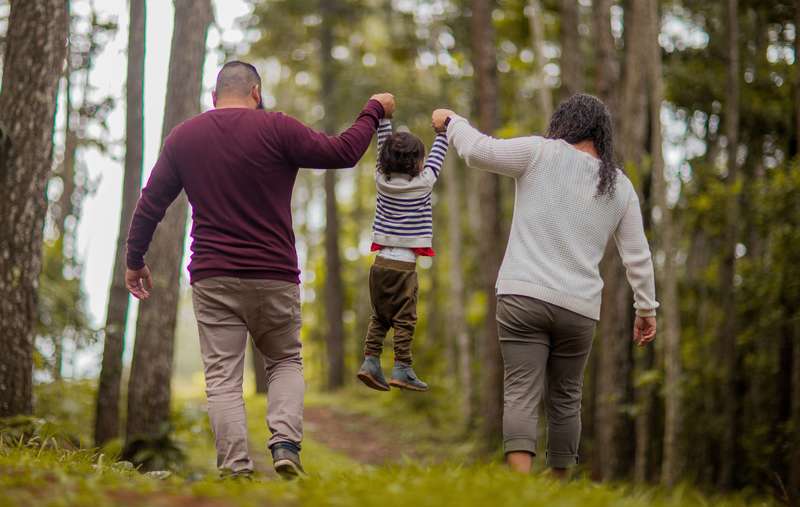
Children need to get out and experience nature. So we need to make the most of when we can go out. Being in the fresh air, being physical, connecting with natural elements are so good for health and well-being. Nature also provides wonderful inspiration for our creative explorations. We can also be creative as we play outdoors, creating out own obstacle courses, playing with shadows, creating with loose parts outdoors, or sand, water, and mud. Make some time to notice and connect with nature, the clouds, bugs, new shoots. Children could take photographs of things they see – this focuses their attention, and further inspires other explorations.
Woodwork
Well, you can’t get a resource from me with a mention of woodwork! I’m passionate about the rich potential of woodwork. Children love woodwork. If you are fortunate to have a few tools and offcuts of wood, woodwork can keep children engaged for quite some time. Children love to combine other materials with wood such as beads, bottle tops, corks, fabric, string etc. Let the magic unfurl. Woodwork works wonders.
Additional Resources
- Researching the quality provision of woodwork in early childhood education
- Creativity in Education - The Wonders of Woodwork
About the Author
Pete Moorhouse is an early years creative consultant and artist educator. He is an honorary research fellow at the Graduate School of Education, University of Bristol researching creative and critical thinking in Early Years, regularly presenting research at international conferences. Pete is an associate trainer for Early Education and deliverers training both nationally and overseas. His work in school is centred around developing children's creativity and his practice is inspired by Froebelian principles and practice in Reggio Emilia. Pete is the UK's leading authority on woodwork in Early Years education and has written several books and journal articles, including ‘Learning Through Woodwork’ (Routledge) and Outdoor Learning. He is currently working his latest book – ‘Creativity in Practice: Nurturing creative and critical thinking in early childhood education’. Pete won the national award (2019) from the Creative Learning Guild for his work promoting creativity in education. He was awarded a Churchill Fellowship and is a Fellow of the Royal Society of Arts.
